Kale
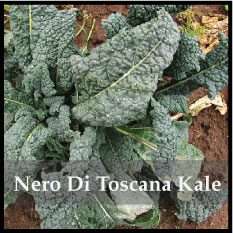
Nero Di Toscana ($3.50) – Old fashioned heirloom variety originating in Italy. Also known as dinosaur kale, strap kale and black kale. Toscana produces long, dark green, blistered leaves from the center of each plant. Plants are tolerant to hot and cold weather. This type of kale is becoming popular in the bunching and baby leaf market and is excellent in kale soups.
Grown for its greens, Kale can be used to dress up salads, in stir fries, as a garnish, or mashed with potatoes and sausage (German & Dutch delicacy) Rich in Vitamin C and other minerals. Frost improves flavor.
(Tip) Kale: Mainly grown for fall and winter crop. Will remain alive into winter and over winter in mild areas. For early crops start indoors 4-6 weeks before planting out. For late crops, seed direct in June – July. Soil – Kale will tolerate a broad range of soil but prefers sandy loam. PH 6.5 – 7. Ensure adequate levels of nitrogen. Keep a regular watering schedule so plants do not wilt in heat. Germination - Sow in plugs at 70F for 7 days. Or outdoors in warm soil. Transplant or thin seedlings out to 40 – 45cm / 16 – 18”. Same sort of pests as cabbage.

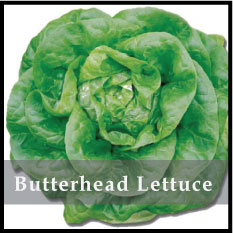
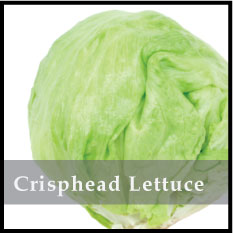
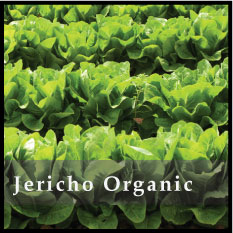
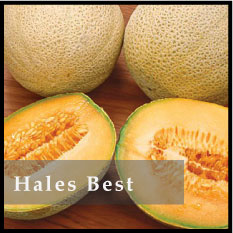
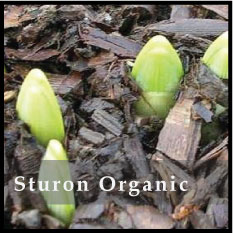
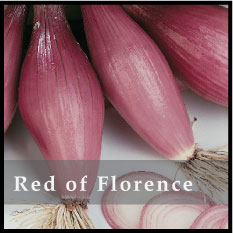
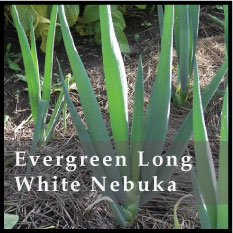
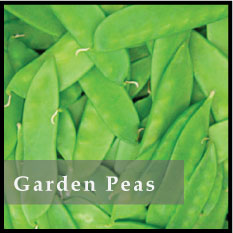
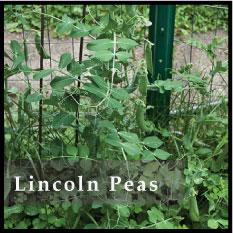
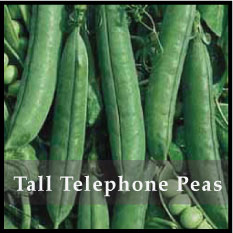
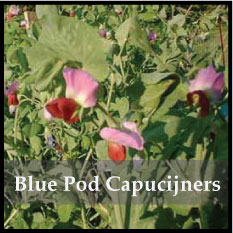
 Copyright © 2010, Sesen Farm & Seeds Ltd. All rights reserved.
Copyright © 2010, Sesen Farm & Seeds Ltd. All rights reserved.